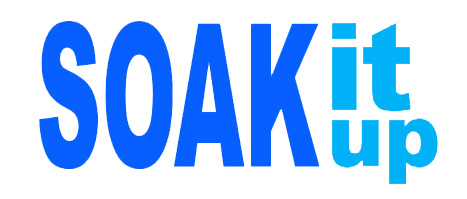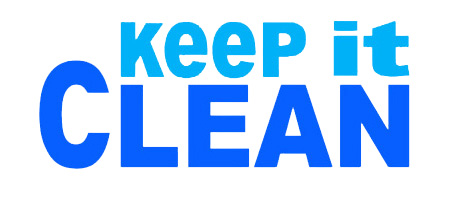The story of stormwater
Most of us don’t give rain a second thought – unless we’ve got too much or too little, but rain is becoming a big problem. Thanks to climate change, extreme weather and ever-increasing paved areas, it’s going to get a lot worse. It is imperative that we do something to change the urban landscape and the way rainwater is currently managed.
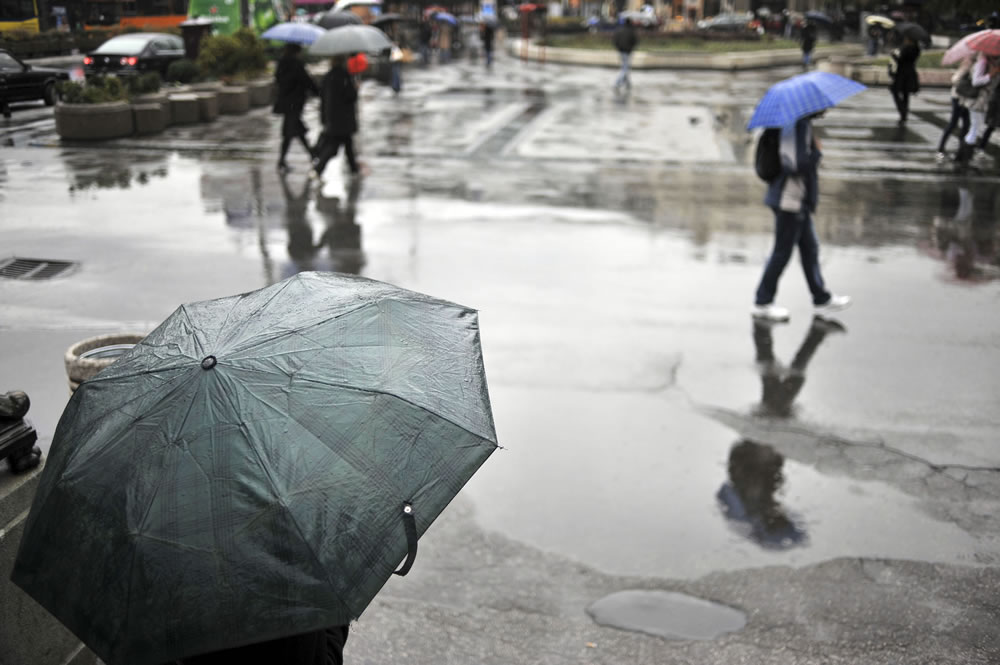
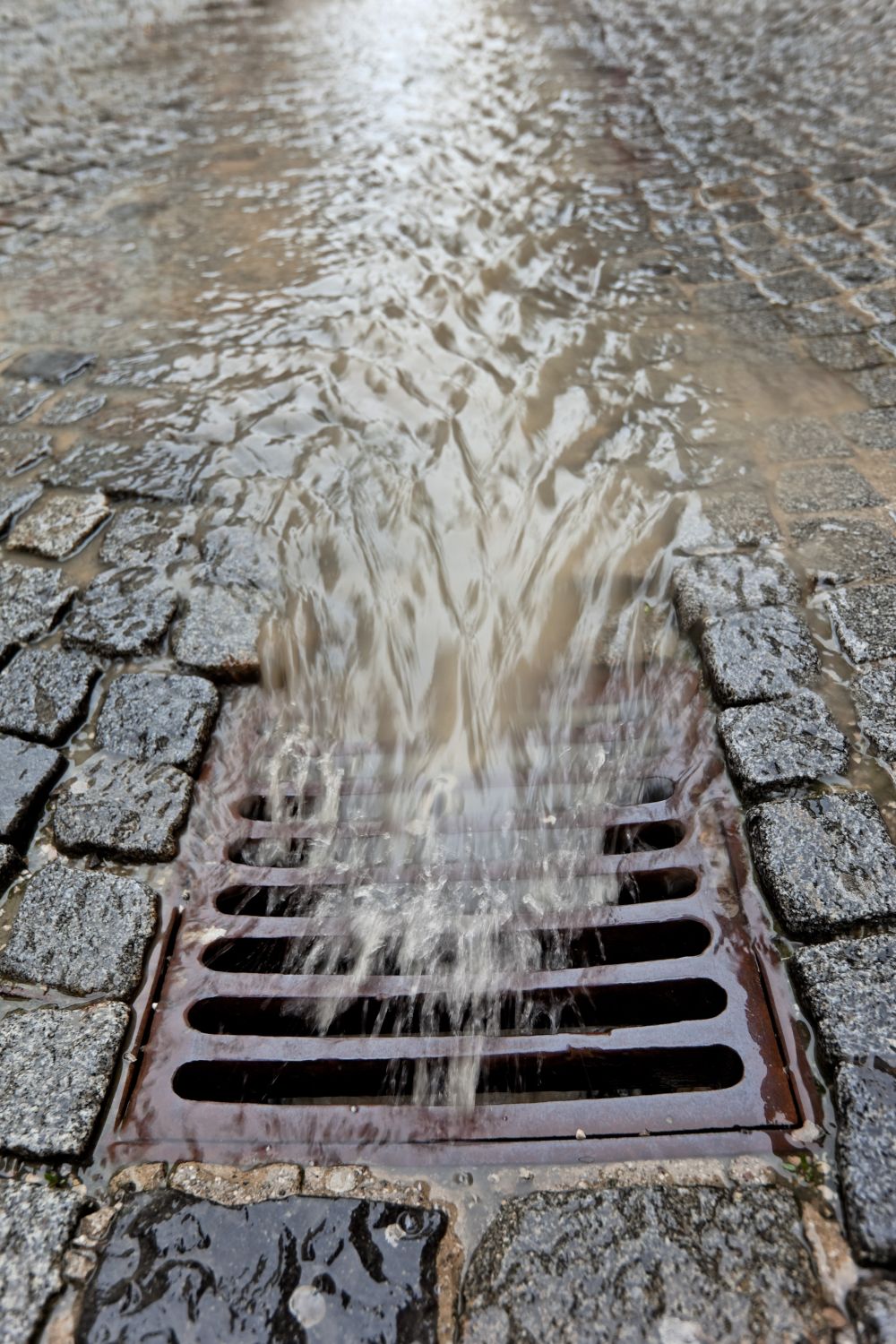
What happens when it rains?
In nature, most rainfall is absorbed into the ground, taken up by vegetation, and evaporated from foliage. Very little runs off the land directly into streams and lakes.
In cities and towns the proliferation of hard surfaces like buildings, roads, and parking lots interrupts the water cycle and prevents infiltration. As a result, more than half the rainfall becomes stormwater runoff.
Runoff is a serious and growing problem is Canada’s urban areas, causing flooding, erosion, and other damaging impacts. Climate change is making things worse by increasing the frequency of moderate to severe wet weather. Serious flooding is becoming “the new normal.”
Property damage from the 8 July 2013 storm in Toronto reached over $850 million. After the June 2013 storm in southern Alberta, insurance payouts exceeded $1.7 billion. Across Canada, flood-related insurance claims have topped $1 billion for the past six years.
Stormwater has also become a leading cause of poor water quality. As rain flows over pavement it picks up nutrients like fertilizer and animal wastes, oil, heavy metals, road salt, cigarette butts, and more. These pollutants are carried untreated into rivers and lakes, damaging aquatic ecosystems, recreational uses like swimming, and source water for drinking downstream.
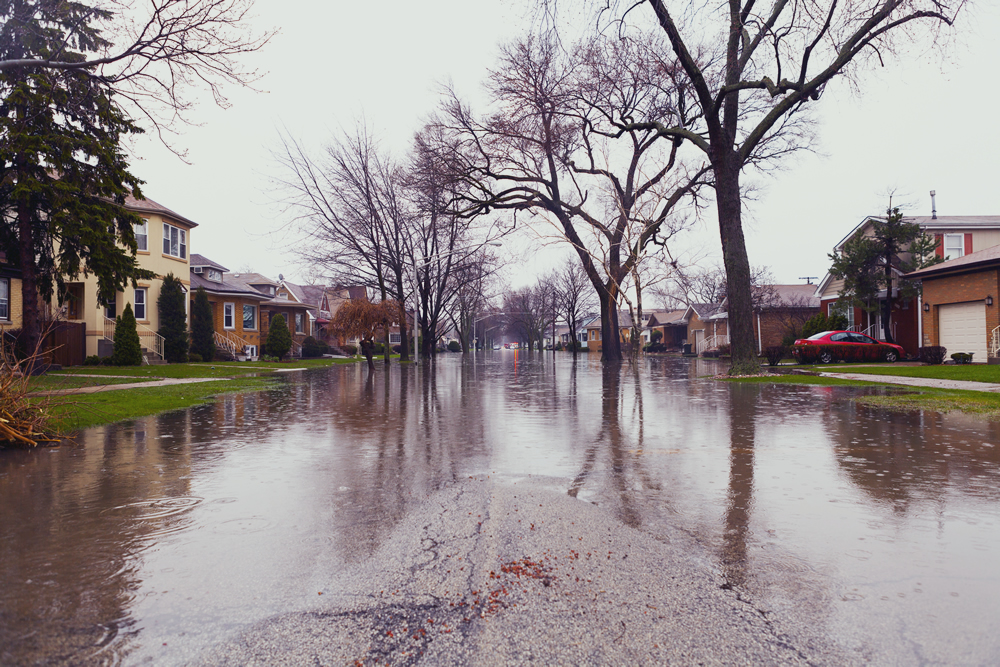
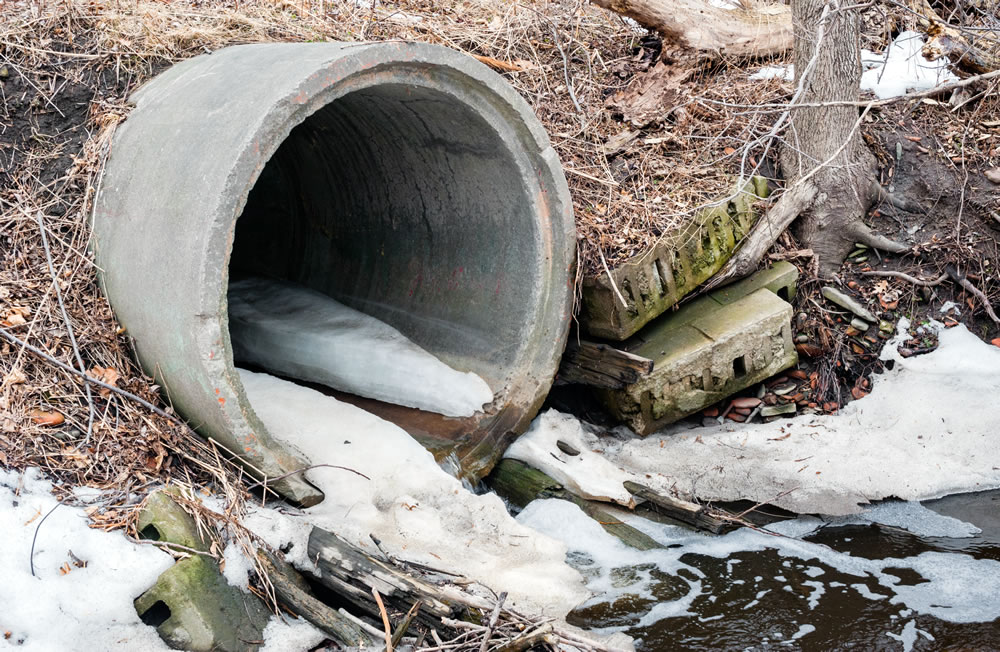
Conventional stormwater management
Historically, municipalities managed stormwater simply by draining it away as quickly as possible through underground pipes. This turns creeks and rivers into little more than open storm sewers every time it rains.
Starting in the 1980s, stormwater ponds were incorporated into new developments to manage increasing peak flows and help remove total suspended solids. We now know that conventional stormwater management is failing on a number of fronts:
- Inadequate treatment, with ponds sometimes becoming a source of nutrients to waterbodies
- No reduction in stormwater volumes, resulting in increased pressure on streams
- High maintenance costs, with ponds exhibiting deteriorating performance over time as they fill with sediment
In communities with combined stormwater and sanitary sewers in older developed areas, heavy rains can result in sanitary sewers backing up into basements, and the release of raw sewage into waterways, known as combined sewer overflows. The City of Toronto dumped more than 12 billion litres of raw sewage into Lake Ontario between 2011 and 2013.
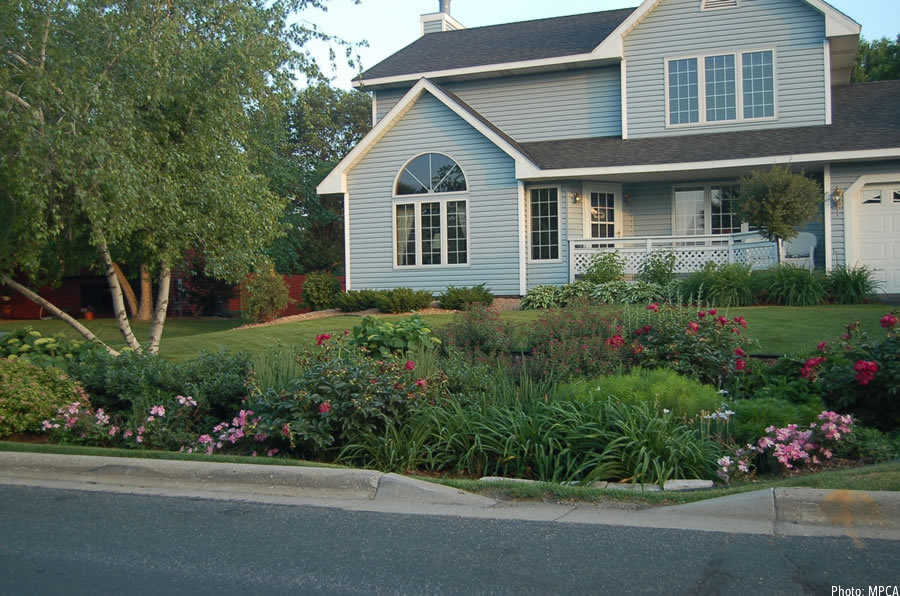
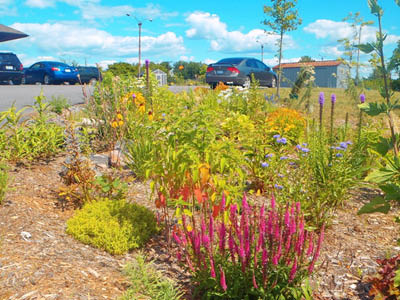
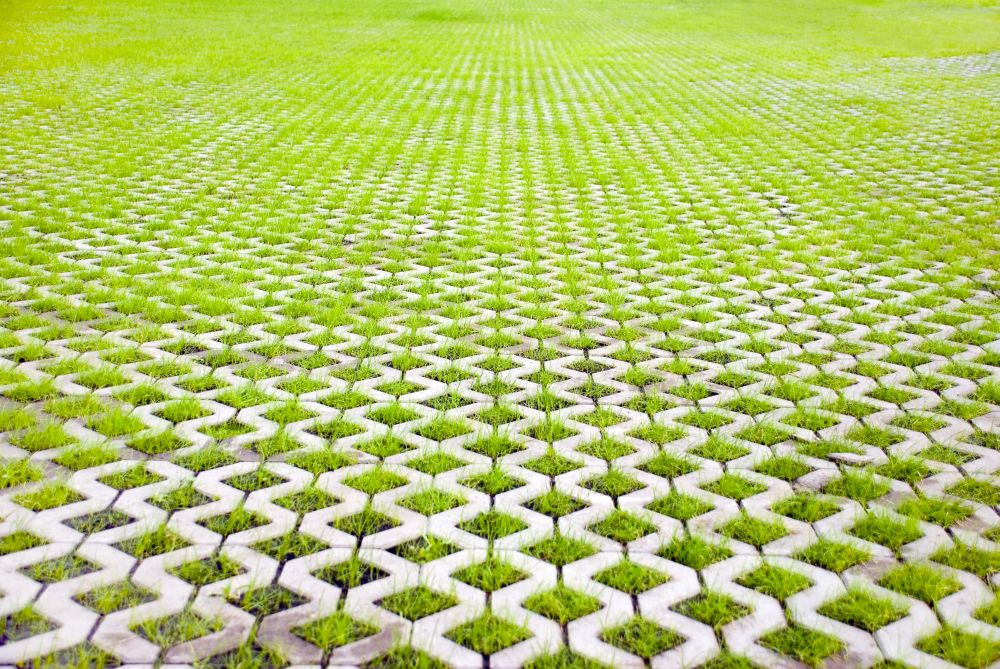
Managing rain where it falls
Today, a new era in stormwater management is dawning: managing rain where it falls, before it can run off.
Measures known as low impact development (LID) or green stormwater infrastructure help to restore the urban water cycle and reduce runoff volumes through infiltration, enhancing the urban forest, and rainwater harvesting and reuse.
The aim is to make a city function more like a forest, soaking up rain water and keeping it safe in the aquifer for future use. Replenished aquifers also maintain base river flows during periods of drought.
Green infrastructure features include rain gardens, permeable paving, bioswales, urban forests, green roofs, infiltration galleries, rain barrels and cisterns. Instead of wet ponds, an old idea is being brought back to life: dry ponds (e.g., in parks and playing fields) that accommodate runoff during heavy rains.
Changing the landscape
Managing rain where it falls through green infrastructure is now increasingly viewed as more effective at meeting water quality and quantity targets, at lower lifetime costs than conventional “grey” infrastructure alone. Learn more about the benefits of managing rain where it falls, or check out the most frequently asked questions about green infrastructure.
Green stormwater infrastructure is supported by provincial policy in most provinces. See the Ontario government’s land-use policy statement, the Canada-Ontario agreement on Great Lakes Water Quality, and a recent bulletin outlining expectations regarding stormwater management. Reducing stormwater volumes through source controls is fully supported by the province.
Green Communities Canada is proud to help change the way stormwater is managed through RAIN Community Solutions, which works with property owners, municipalities, and community groups to build support and participation in this innovative approach.


